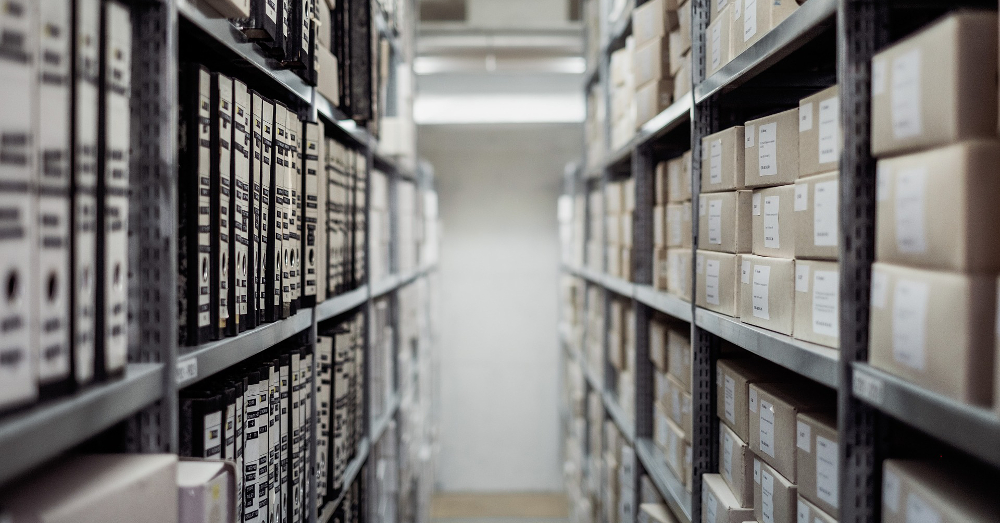
This Massive E-Commerce Brand Is Going Zero Waste – And It’s Working
Thrive Market, an LA-based e-commerce company, focused on getting healthy foods to customers across America at cost-effective prices, is going zero-waste. But can a company of its size and its nature, really get rid of all its waste?
December 3, 2017 | Source: Forbes | by Esha Chhabra
Thrive Market, an LA-based e-commerce company, focused on getting healthy foods to customers across America at cost-effective prices, is going zero-waste. But can a company of its size and its nature, really get rid of all its waste?
Founder and Chief Strategy Officer, Gunnar Lovelace, chatted with me about the realities of building a zero-waste business, particularly one that requires shipping, packing materials, and large warehouses to stored hundreds, if not thousands, of SKUs. He’s keen to point out that the current capitalistic system is not working for the planet or even for the customers — who live on the planet and thereby are affected by the dirty water, polluted air, and destroyed ecosystems.
“It’s tough to find a business without some form of sustainability messaging emblazoned on their platforms or packaging,” he said in a recent interview in LA. “Unfortunately, the term sustainability has been co-opted by some of the most insidious corporations on the planet, and despite all the marketing-speak around sustainability, according to the EPA, more than 75% of greenhouse gas emissions from many US industry sectors still originates from our supply chains.”
So Thrive Market set out to rethink its supply chains and has completed the zero-waste challenge in two of its fulfillment centers. Lovelace explains the challenges and roadblocks faced, but also offers advice for other businesses looking to explore a similar path.
Esha Chhabra: Gunnar, what does zero-waste mean to you?
Gunnar Lovelace: Zero Waste is a great beginning for us, it’s a journey we’re embarking on to fully understand our impact as a business and rapidly shift our practices to eliminate those negative impacts. But given the scope of the challenges we face as a species, simply eliminating negative impacts is not enough. We need to design businesses to have a positive impact – to become regenerative.
